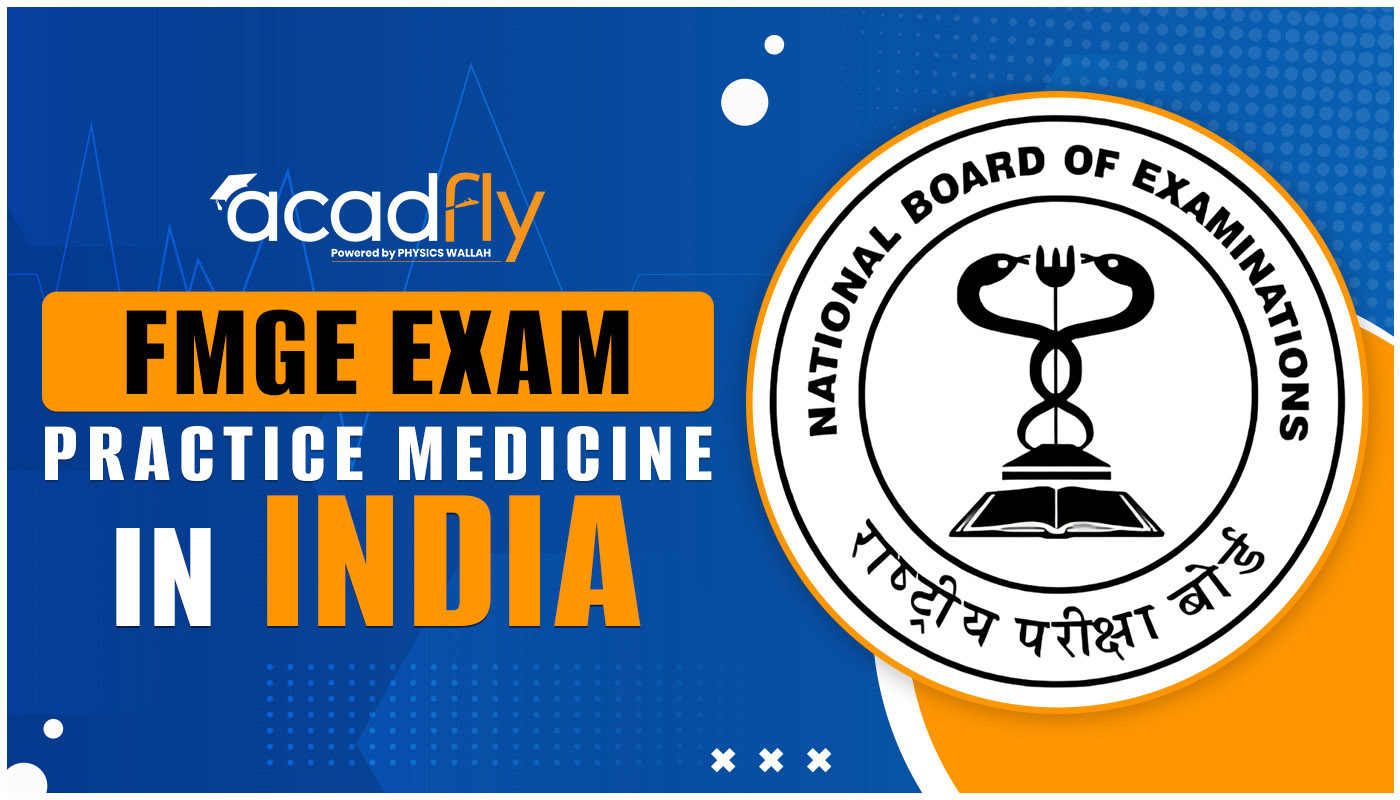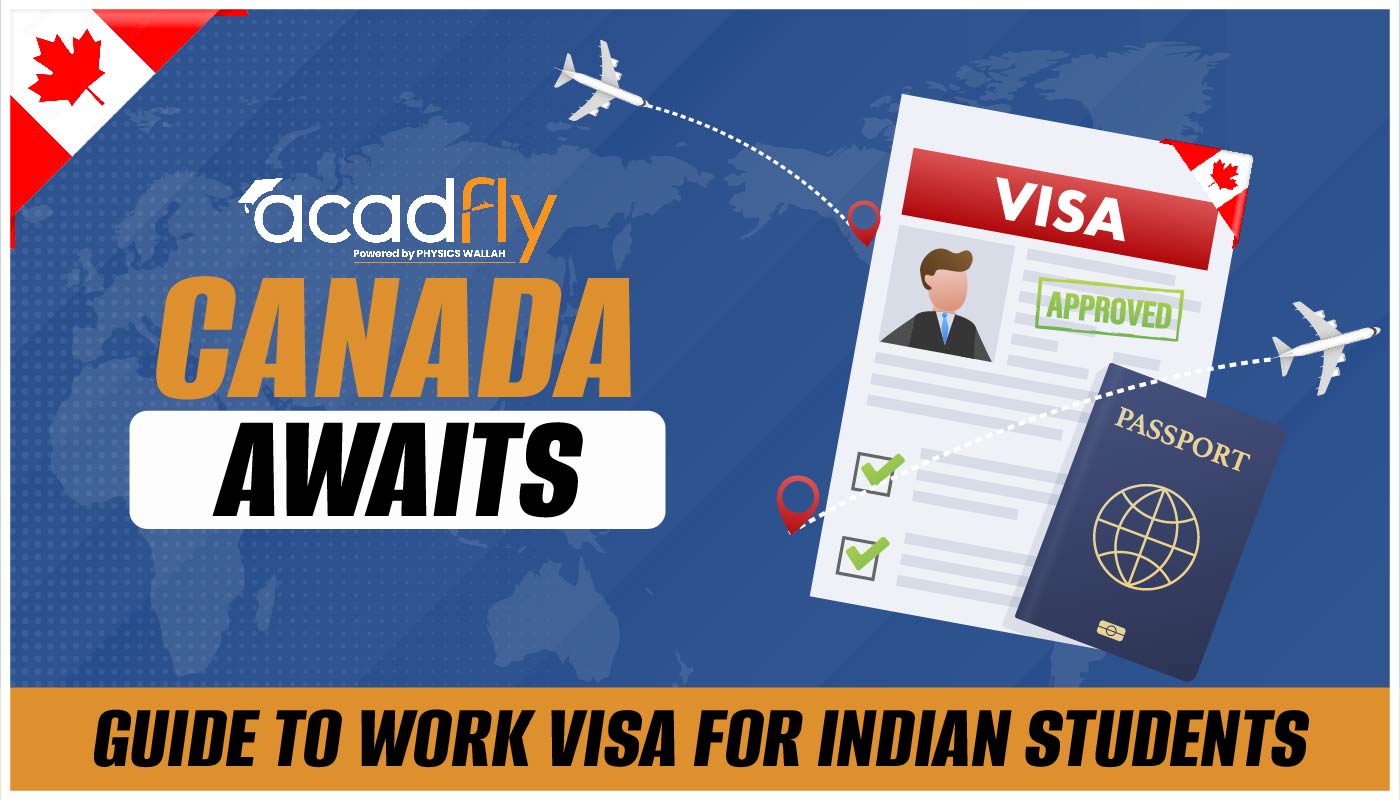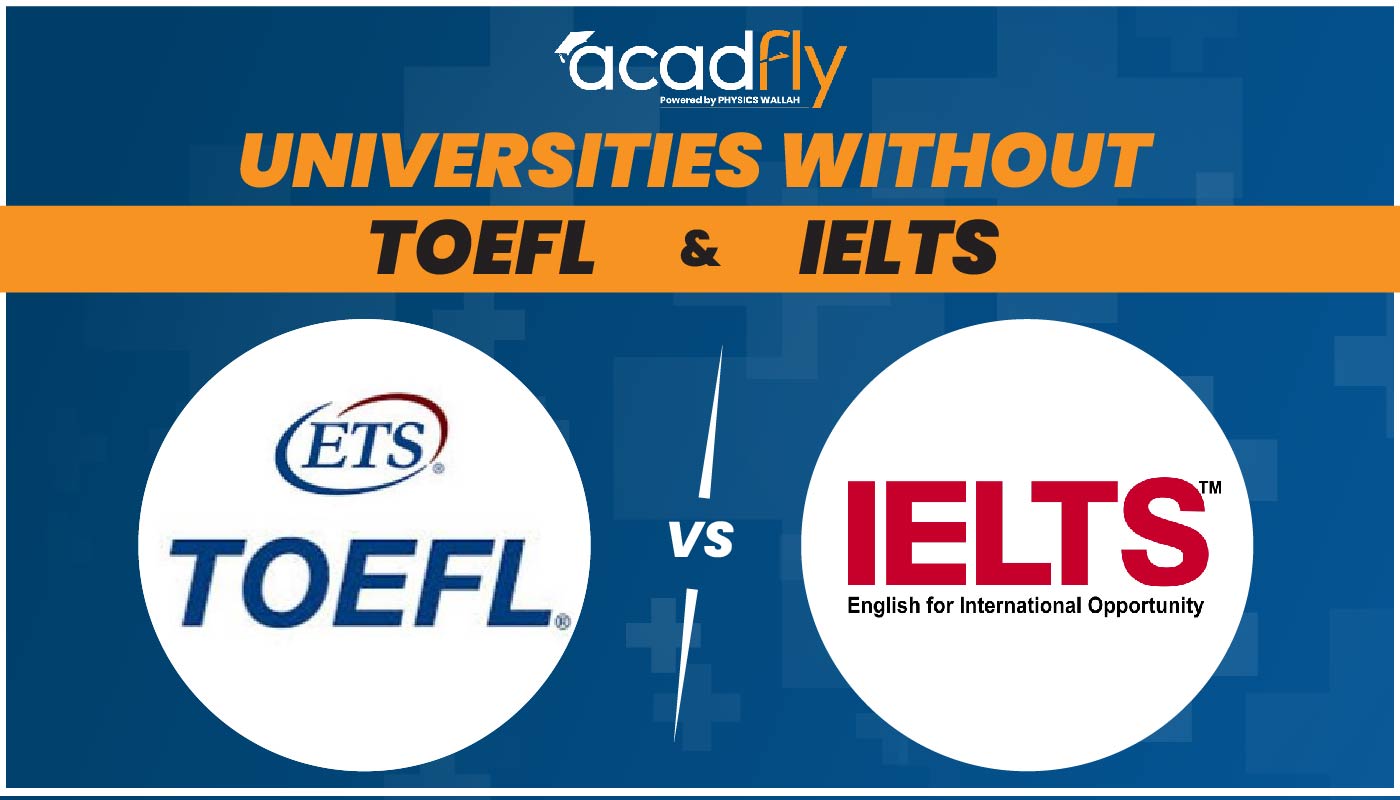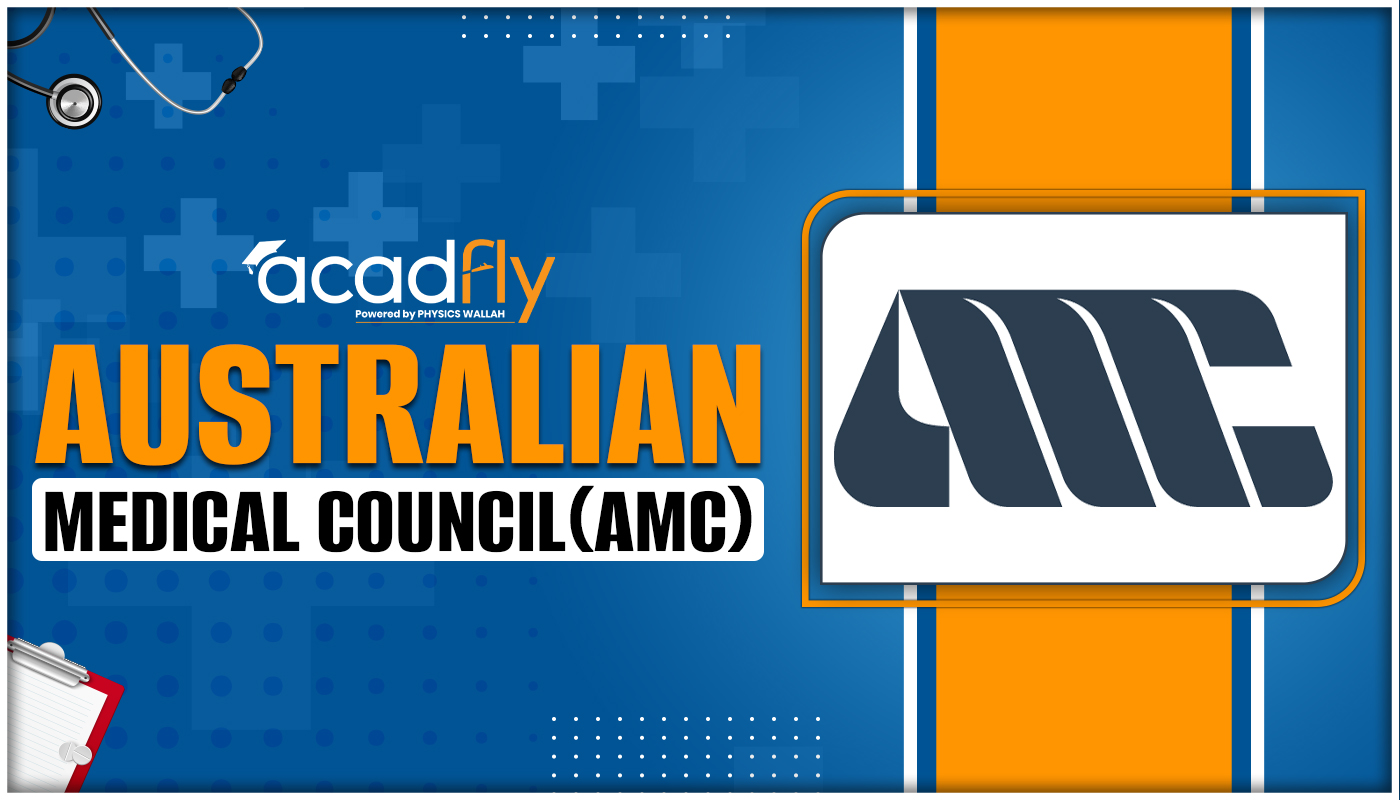
Norway is a popular destination for international students due to its high-quality education system, innovative learning environment, and stunning natural landscapes. One of the major attractions for students is the fact that public universities in Norway do not charge tuition fees, even for international students. However, there are other costs associated with studying in Norway that students need to consider. This article provides a detailed overview of the costs involved in studying in Norway, including tuition fees, living expenses, and specific costs for studying medicine and MBBS.
Cost of Study in Norway for International Students
Tuition Fees
Public universities in Norway do not charge tuition fees for international students, regardless of their country of origin. This policy applies to both undergraduate and postgraduate programs. However, students may need to pay a small semester fee, which typically ranges between NOK 300 and NOK 600 (approximately USD 35-70) per semester. This fee covers various student welfare services, including access to health services, counseling, sports facilities, and cultural activities.
Living Expenses
While there are no tuition fees, the cost of living in Norway can be relatively high. Here is a breakdown of the typical monthly living expenses for international students in Norway:
|
Expense Category |
Average Monthly Cost (NOK) |
Average Monthly Cost (USD) |
|
Accommodation |
3,000 - 6,000 |
350 - 700 |
|
Food |
2,500 - 4,000 |
290 - 470 |
|
Transportation |
500 - 800 |
60 - 95 |
|
Books and Supplies |
300 - 600 |
35 - 70 |
|
Miscellaneous |
1,000 - 2,000 |
120 - 240 |
|
Total |
7,300 - 13,400 |
855 - 1,575 |
Scholarships and Financial Aid
To help manage the cost of living, many international students apply for scholarships and financial aid. Several Norwegian universities and other organizations offer scholarships specifically for international students. These scholarships can cover living expenses, travel costs, and in some cases, the semester fee.
Cost of Study in Norway for Indian Students
Indian students planning to study in Norway will incur similar costs to those outlined above. However, it's essential to factor in additional expenses such as travel to and from India, visa application fees, and health insurance.
Travel Expenses
The cost of a round-trip flight from India to Norway can vary widely depending on the time of booking, the airline, and the time of year. On average, students can expect to pay between INR 40,000 and INR 70,000 (approximately USD 550-950) for a round-trip ticket.
Visa and Health Insurance
Indian students need to apply for a student residence permit to study in Norway. The application fee for a student residence permit is NOK 5,300 (approximately USD 620). Additionally, students are required to have health insurance coverage. If you are staying in Norway for more than a year, you are entitled to health services under the Norwegian National Insurance Scheme. However, students staying for less than a year must have private health insurance, which can cost around NOK 3,000-5,000 (approximately USD 350-600) per year.
Cost of Studying Medicine in Norway
Studying medicine in Norway is an attractive option for many international students due to the high quality of medical education and the absence of tuition fees at public universities. However, the cost of living and other associated expenses can be significant.
Duration and Structure of Medical Programs
Medical programs in Norway typically last for six years and are divided into pre-clinical and clinical phases. The structure and content of these programs are rigorous, requiring students to commit a considerable amount of time and effort.
Living Expenses for Medical Students
Medical students in Norway face similar living expenses to other international students. Given the length of the program, it's essential to plan finances carefully. Over six years, the total estimated living expenses can range from NOK 525,600 to NOK 967,200 (approximately USD 61,000 to USD 113,000).
Additional Costs
Medical students may incur additional costs for items such as:
-
Medical equipment and supplies
-
Travel expenses for clinical rotations
-
Licensing examination fees (if planning to practice medicine outside Norway)
Cost of Studying MBBS in Norway
The MBBS (Bachelor of Medicine, Bachelor of Surgery) is equivalent to the medical programs offered in Norway. As mentioned, there are no tuition fees for these programs at public universities, but students need to account for other costs.
Estimated Total Cost for MBBS Students
|
Expense Category |
Annual Cost (NOK) |
Annual Cost (USD) |
|
Living Expenses |
87,600 - 160,800 |
10,260 - 18,900 |
|
Health Insurance |
3,000 - 5,000 |
350 - 600 |
|
Miscellaneous |
5,000 - 10,000 |
600 - 1,200 |
|
Total Annual Cost |
95,600 - 175,800 |
11,210 - 20,700 |
Financial Planning Tips
-
Budgeting: Create a detailed budget plan to manage your expenses effectively.
-
Scholarships: Research and apply for scholarships and financial aid.
-
Part-time Work: Consider part-time work opportunities to supplement your income.
-
Saving on Accommodation: Look for affordable housing options, such as student dormitories or shared apartments.
-
Transportation: Utilize student discounts on public transportation to save costs.
While studying in Norway is tuition-free at public universities, international students need to consider the high cost of living and other associated expenses. By planning ahead and exploring financial aid options, students can make their dream of studying in Norway a reality. For those interested in pursuing medicine or MBBS, the quality of education and the unique cultural experience make Norway an excellent choice.
For more information and guidance on studying in Norway, including assistance with applications and financial planning, visit AcadFly. We are dedicated to helping students achieve their academic and career goals in Norway and beyond.
Frequently Asked Questions
1. Are there any tuition fees for international students studying at public universities in Norway?
2. What is the average cost of living for international students in Norway?
3. What additional expenses should Indian students consider when planning to study in Norway?
4. How much does it cost to study medicine or MBBS in Norway?
5. Are there any financial aid options or scholarships available for international students in Norway?










